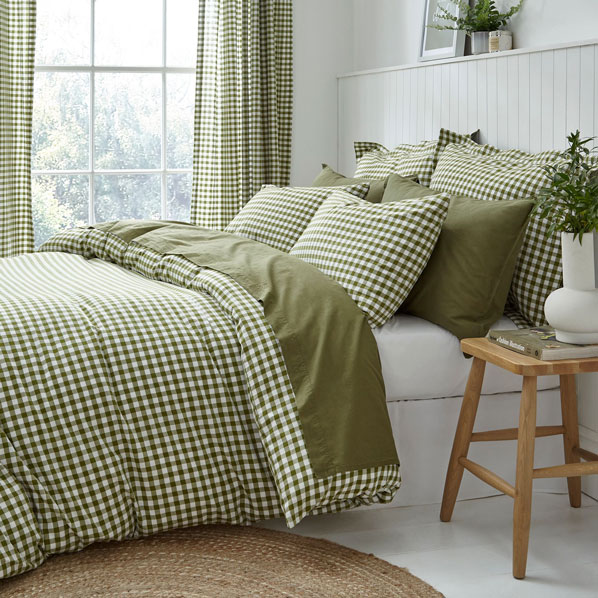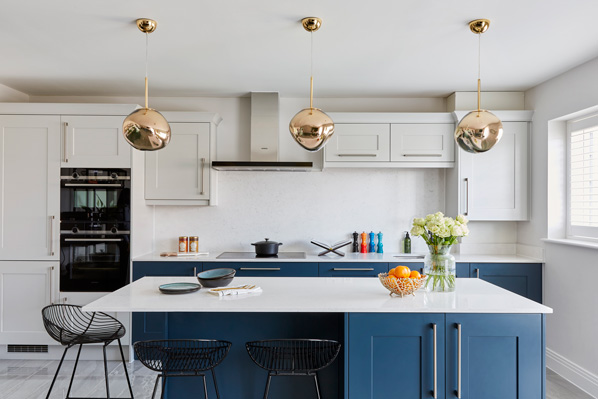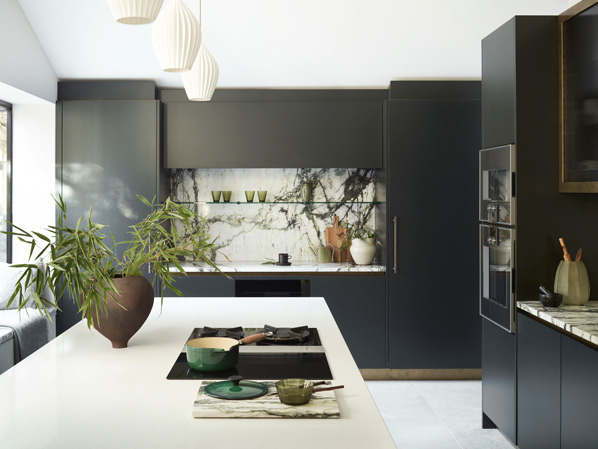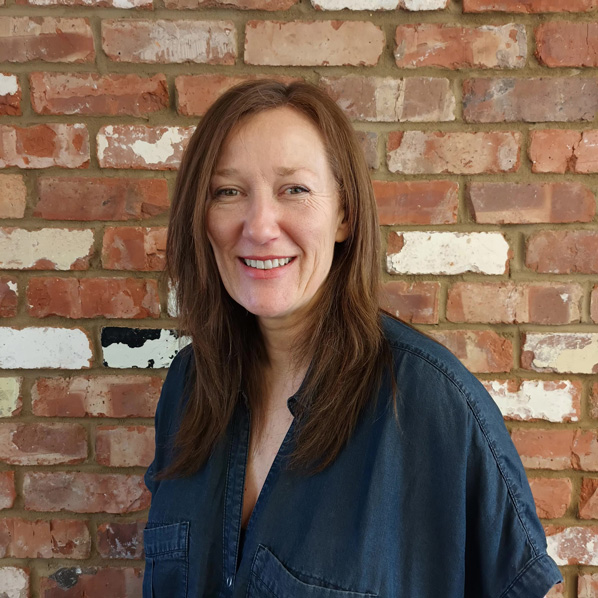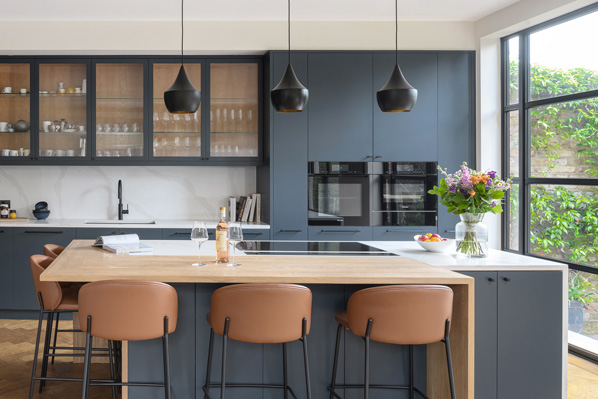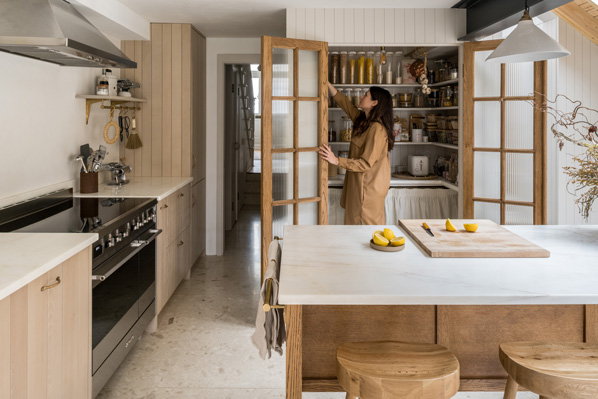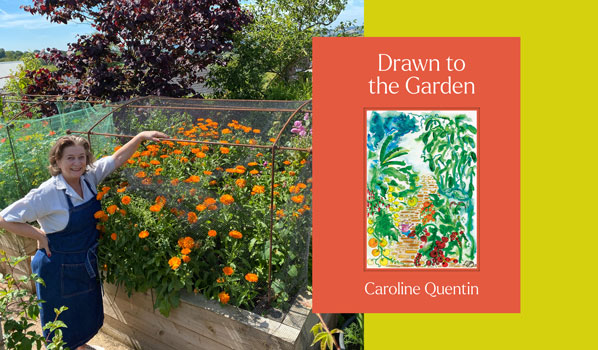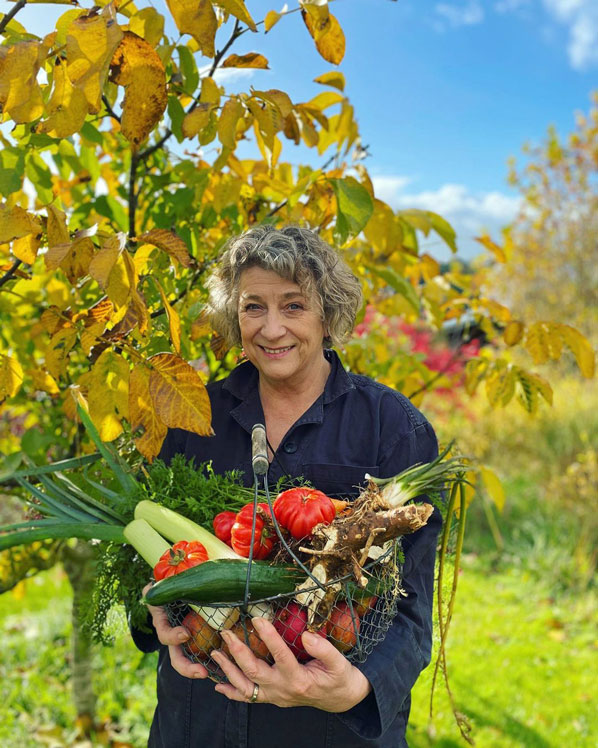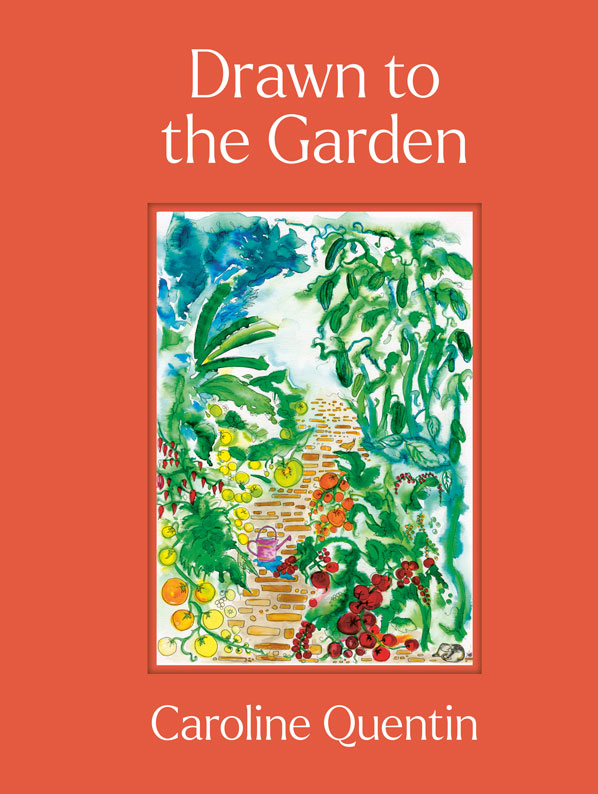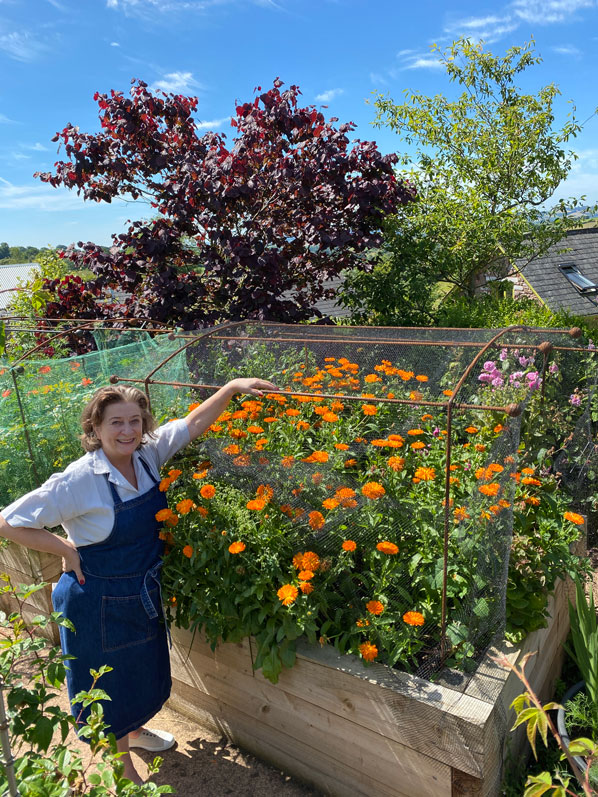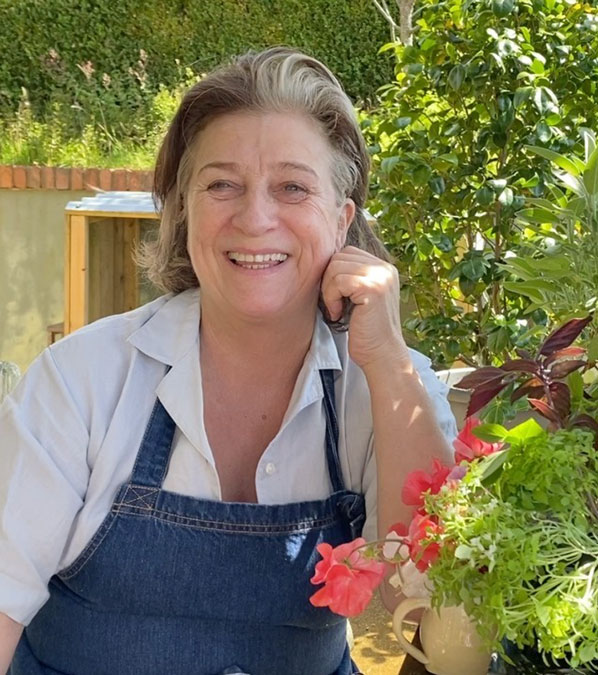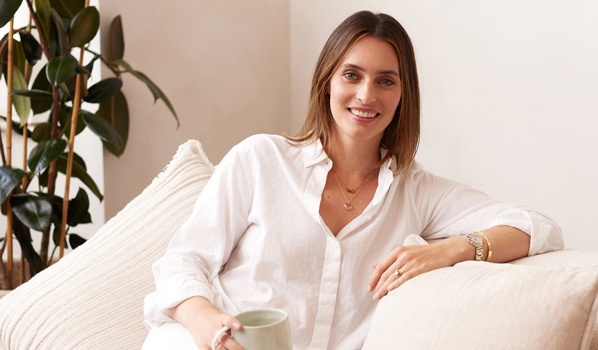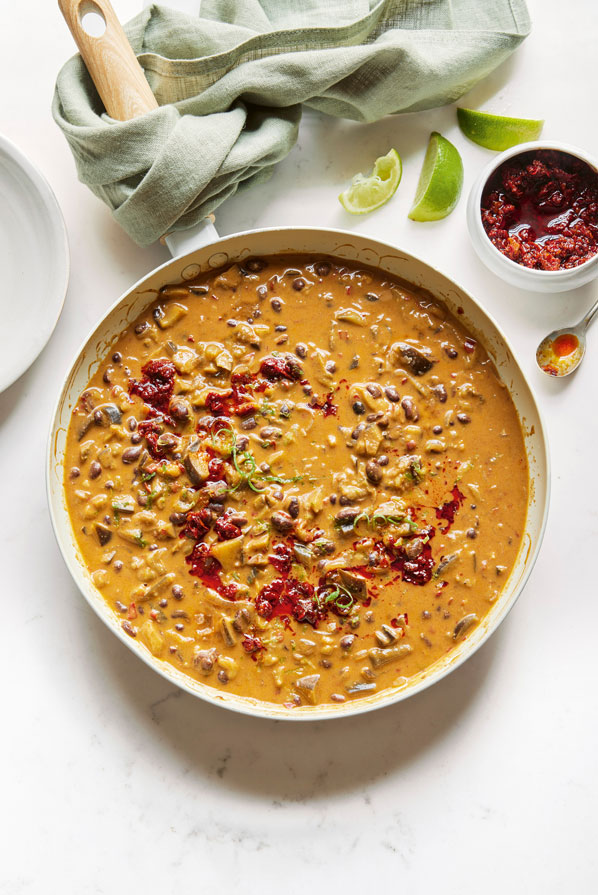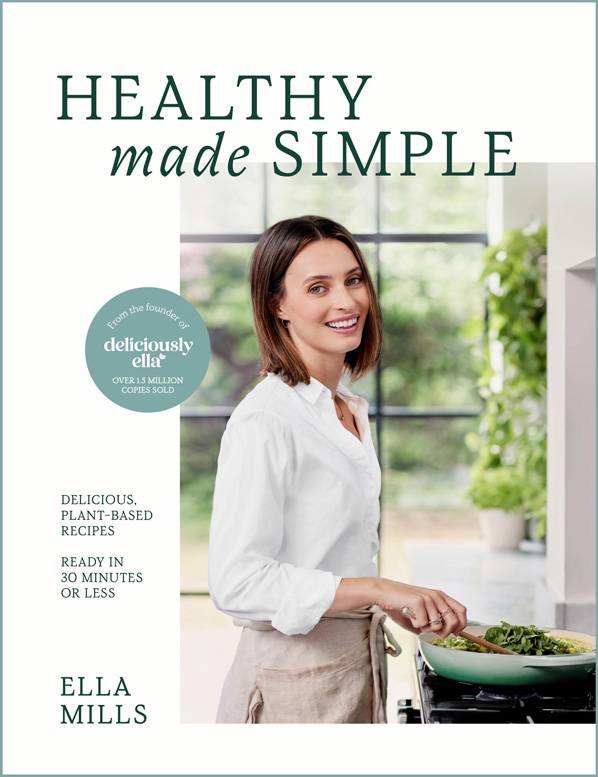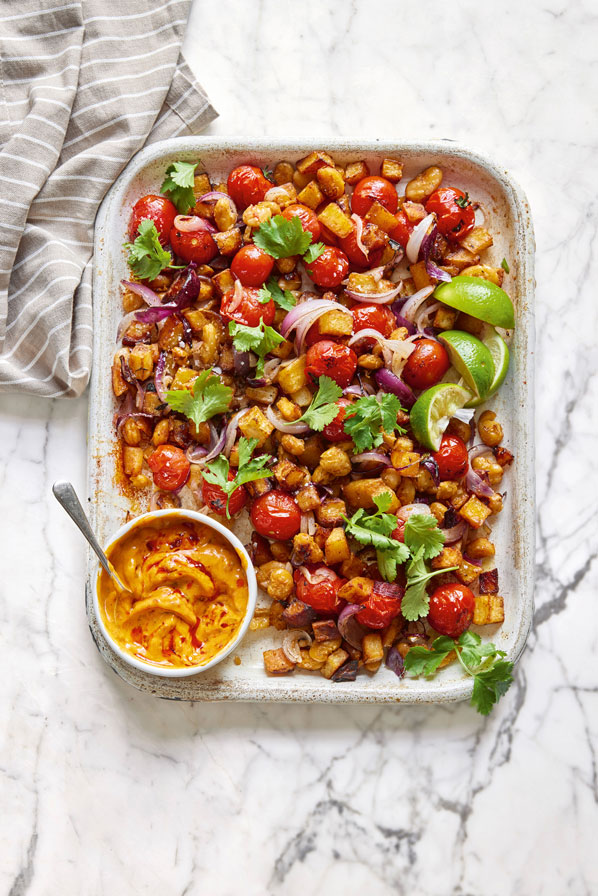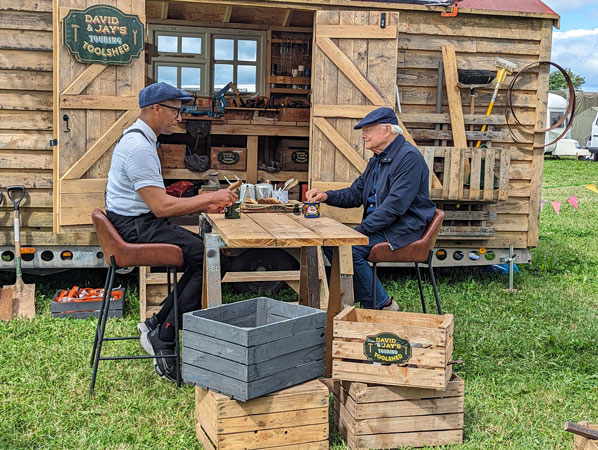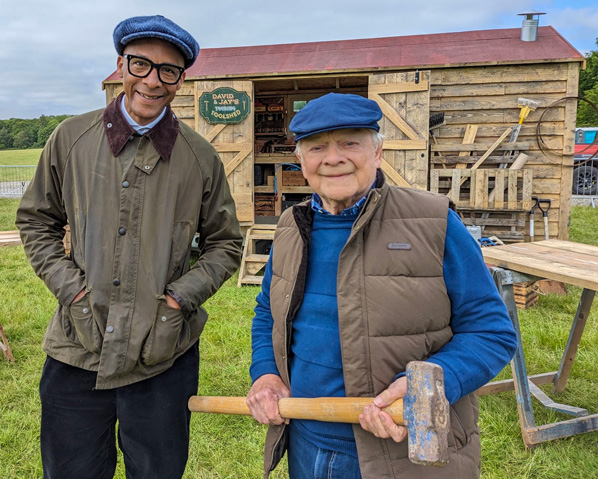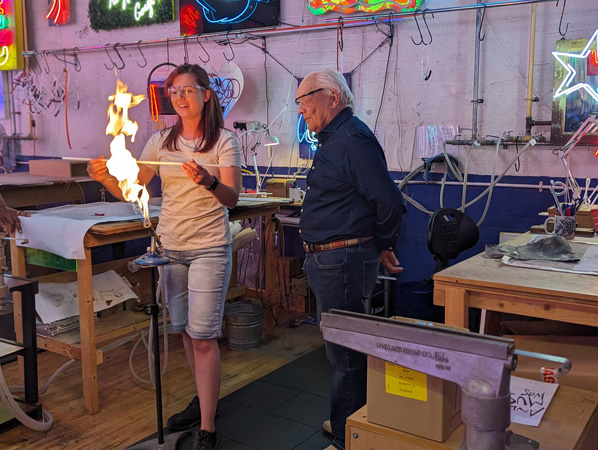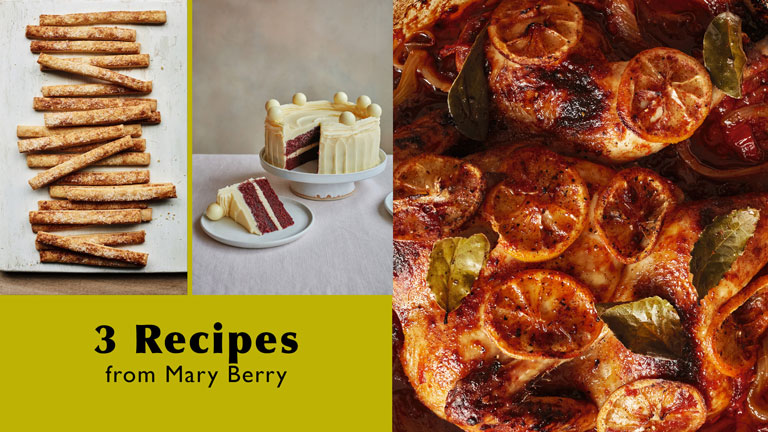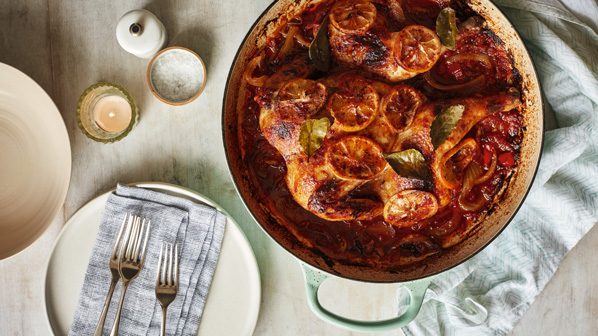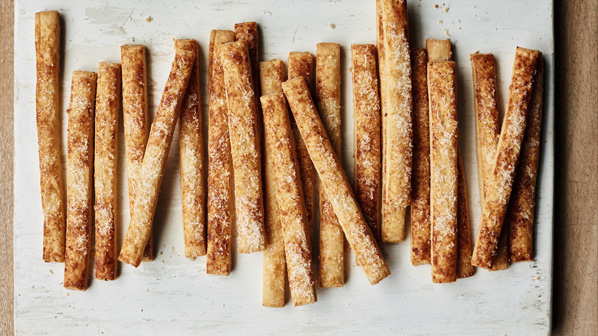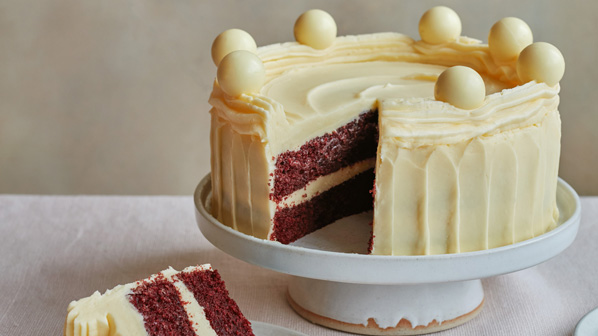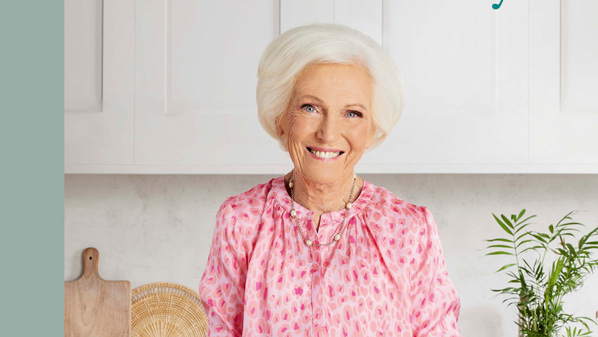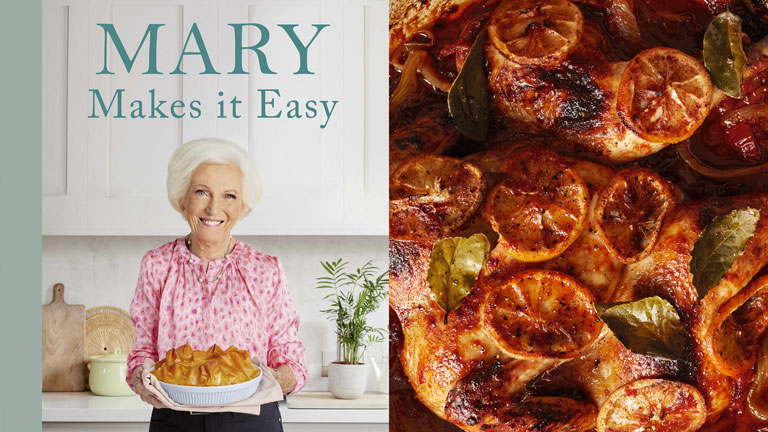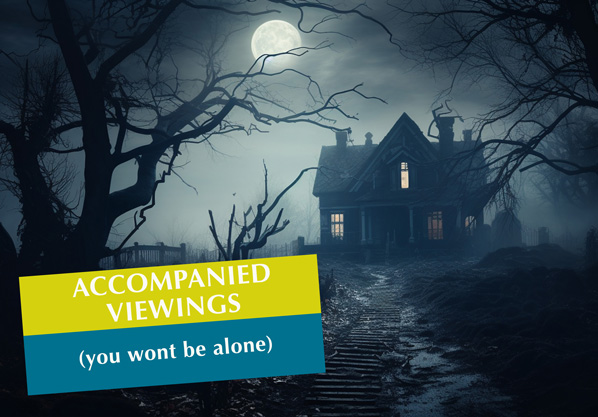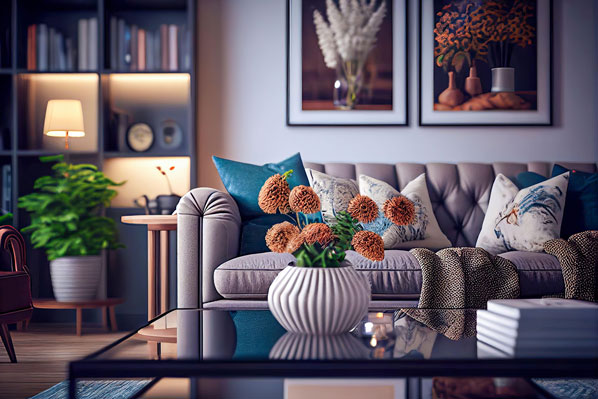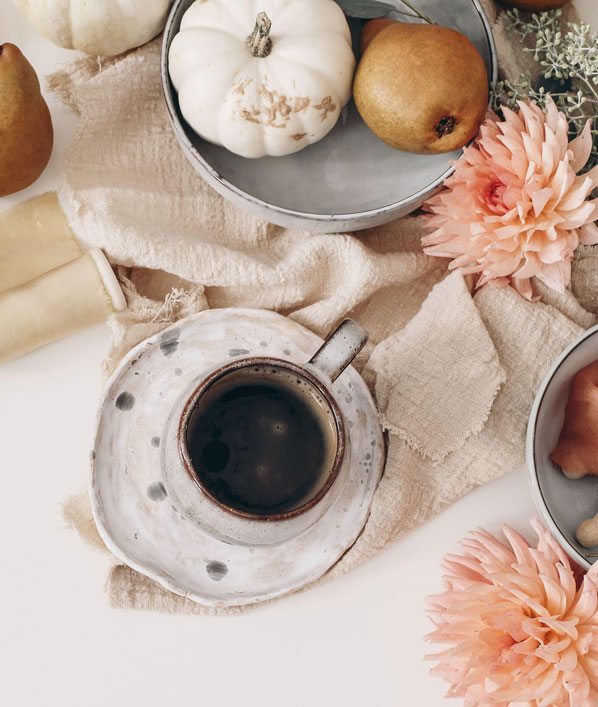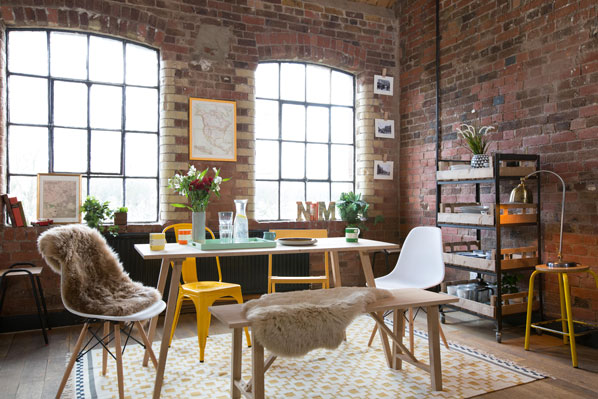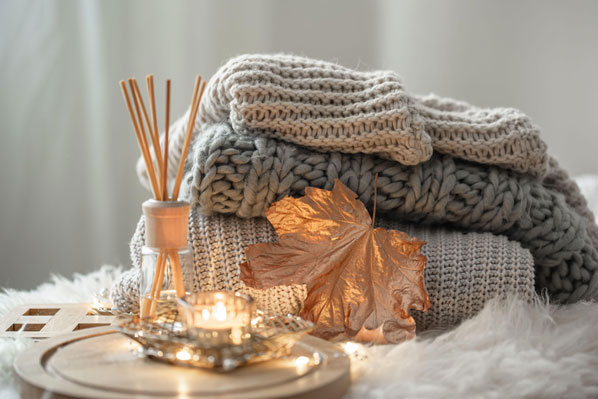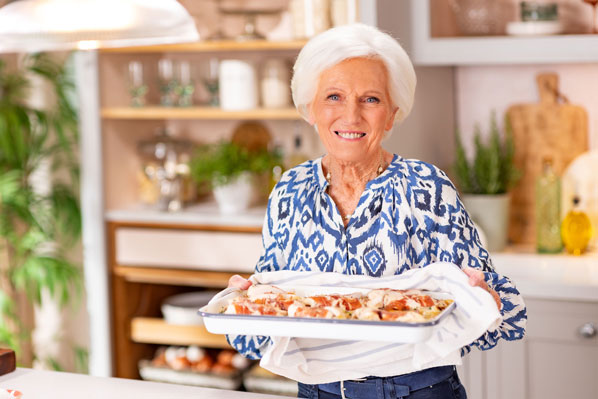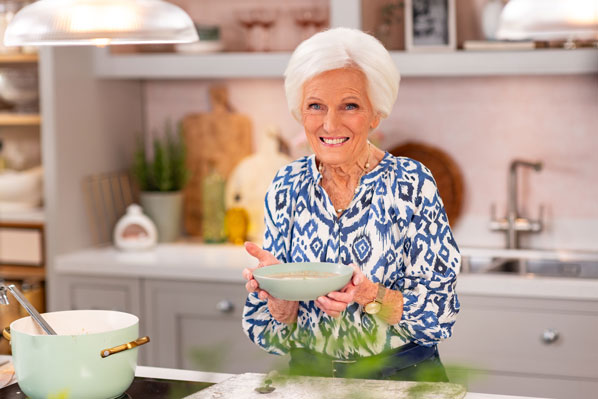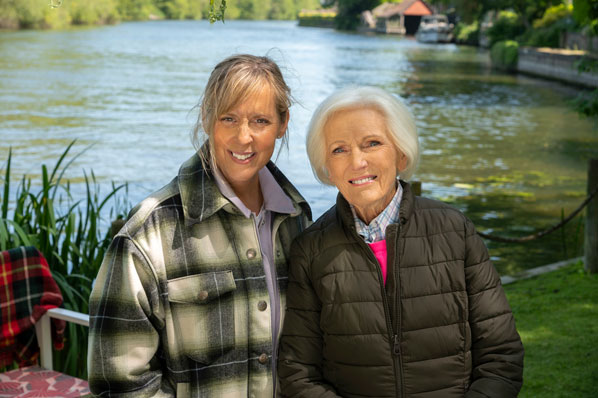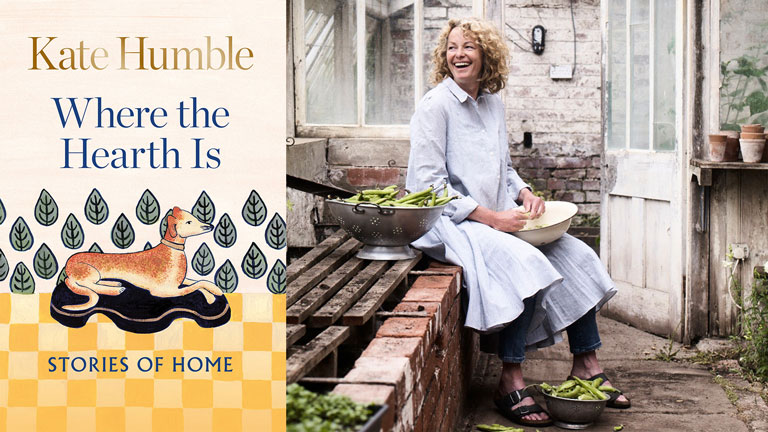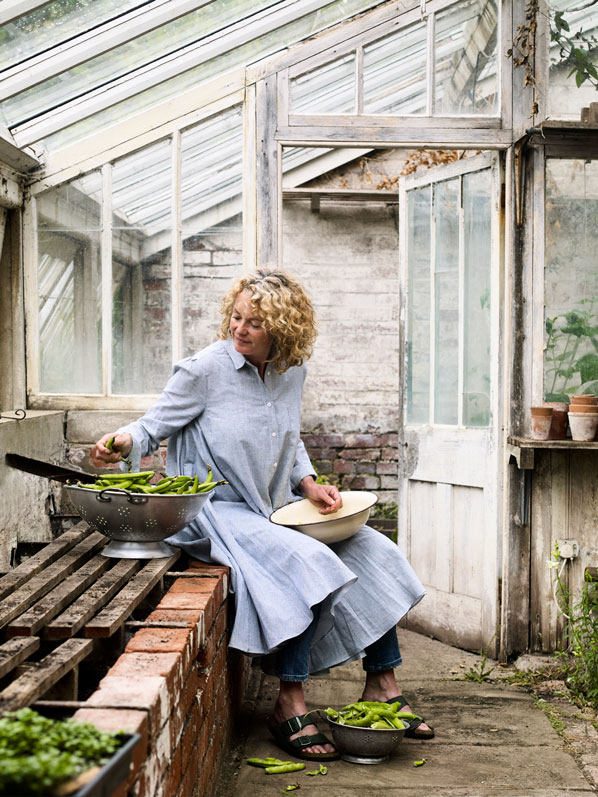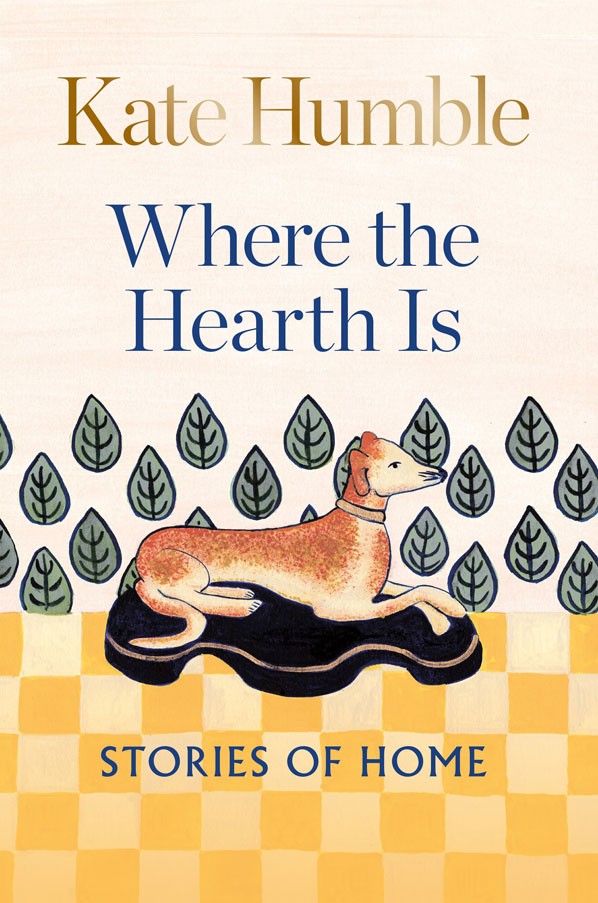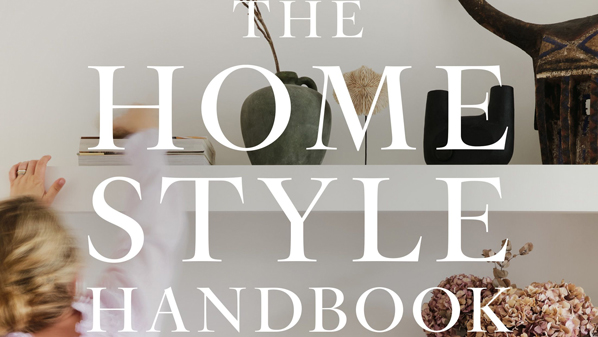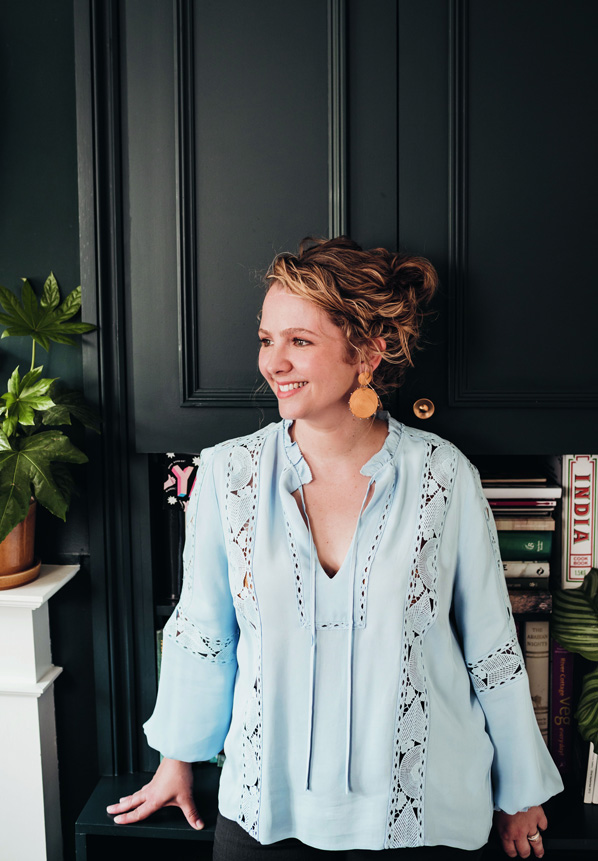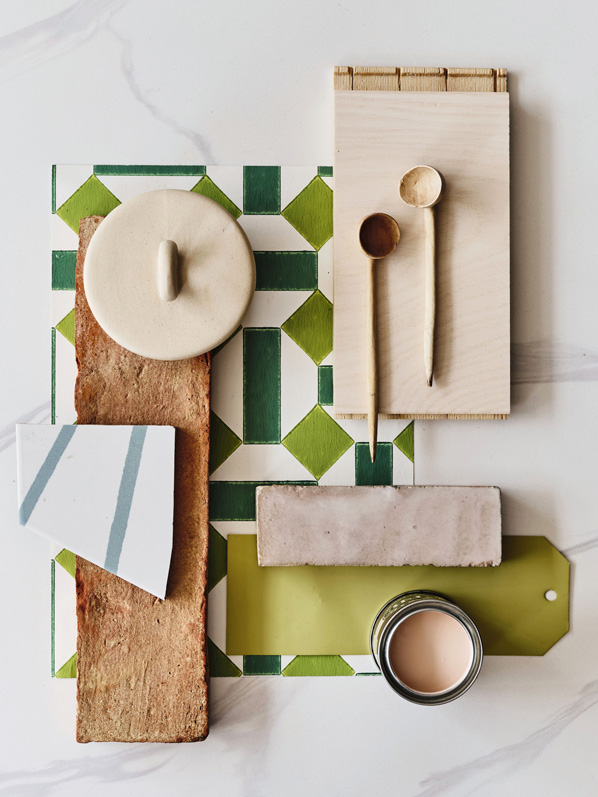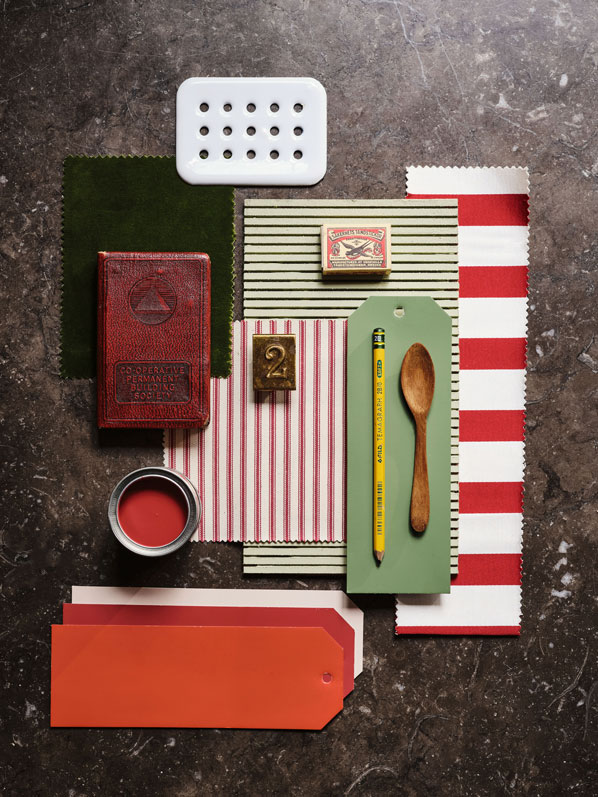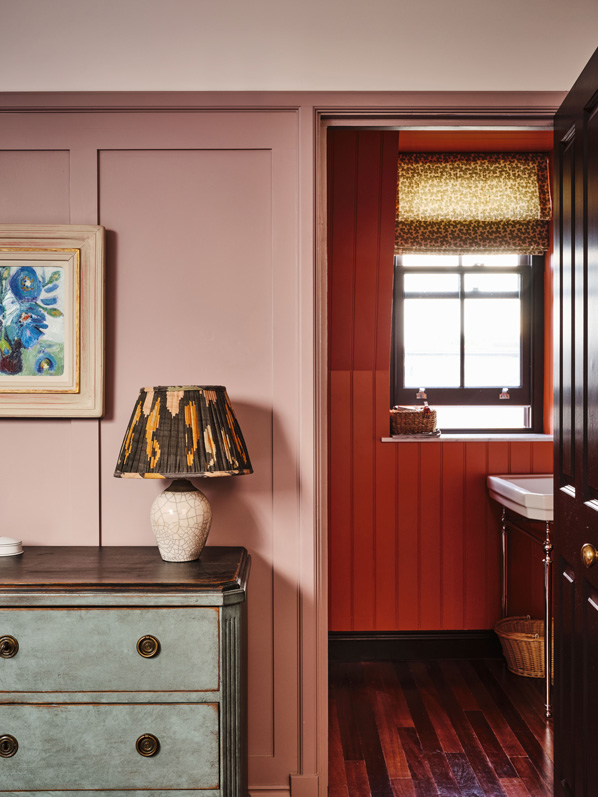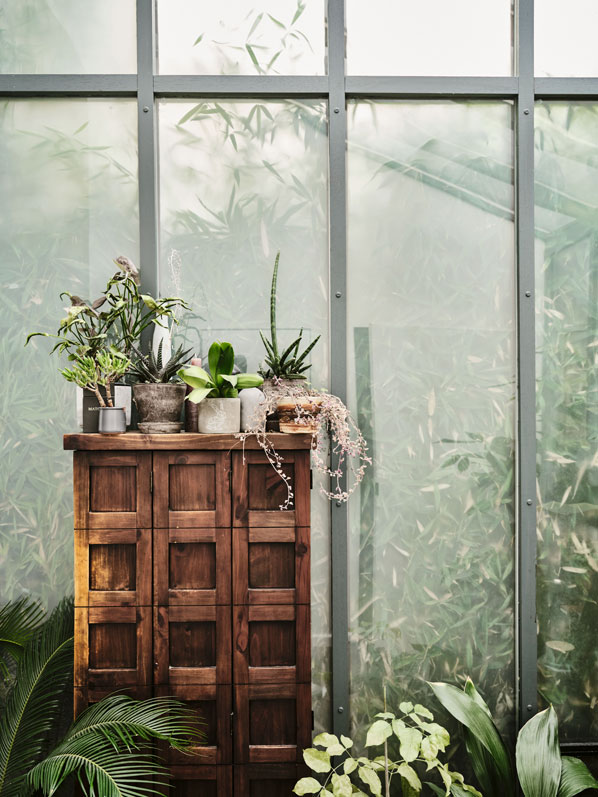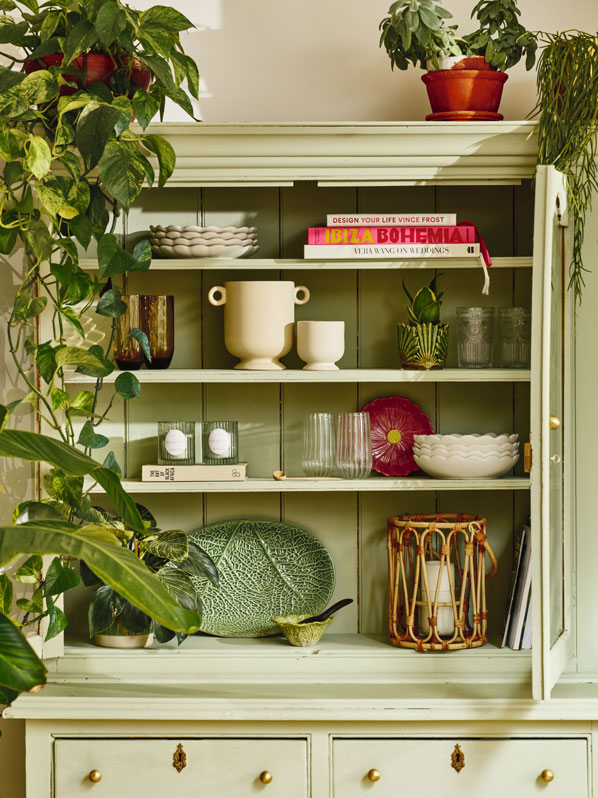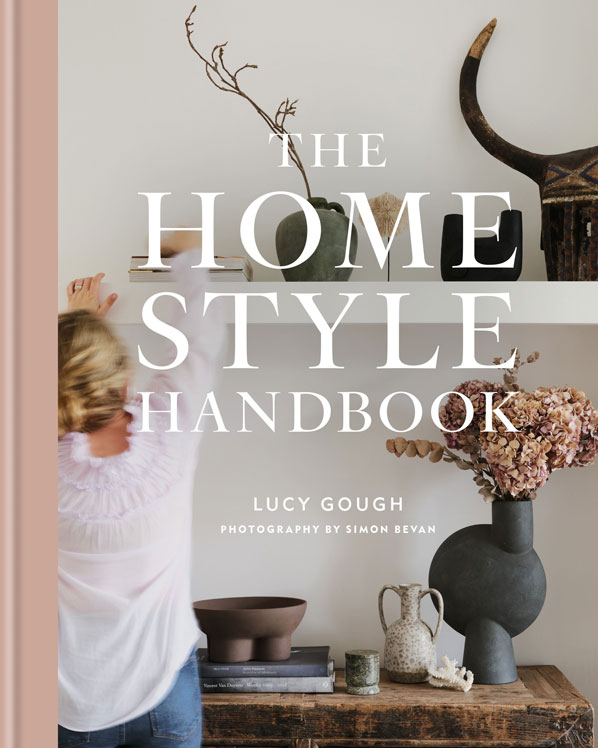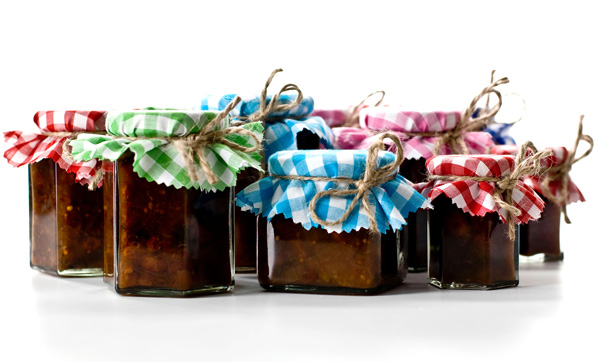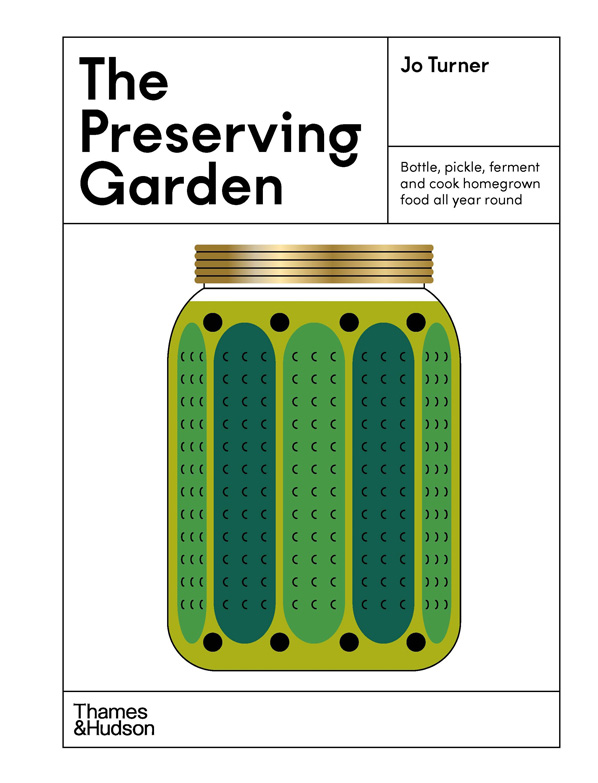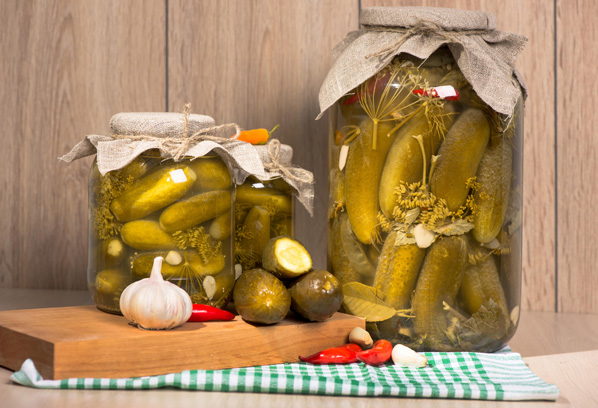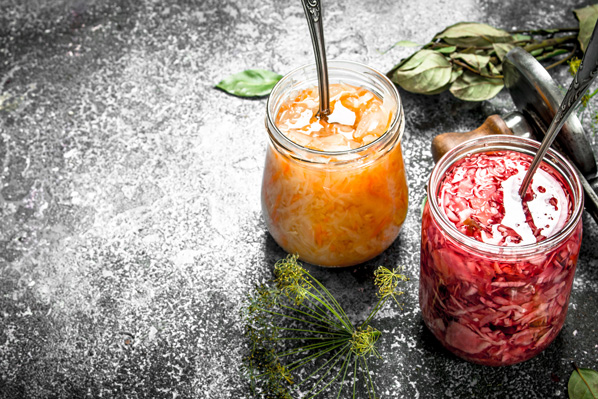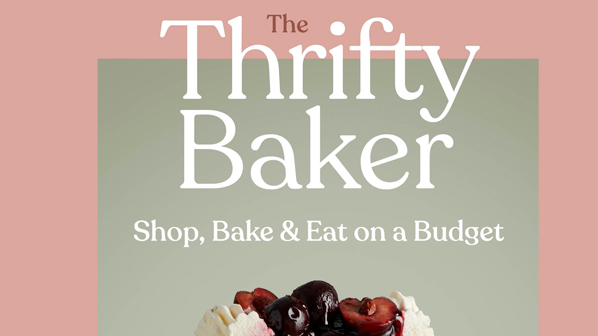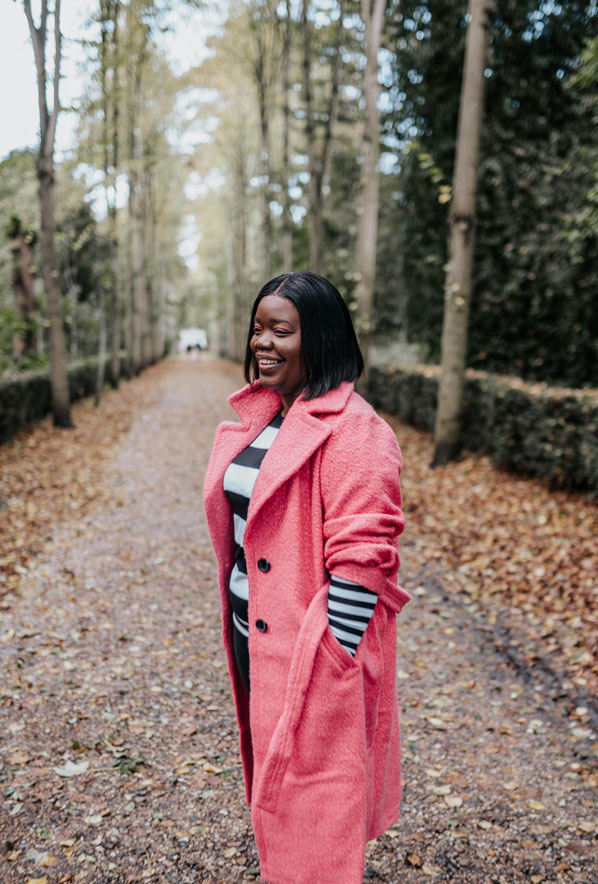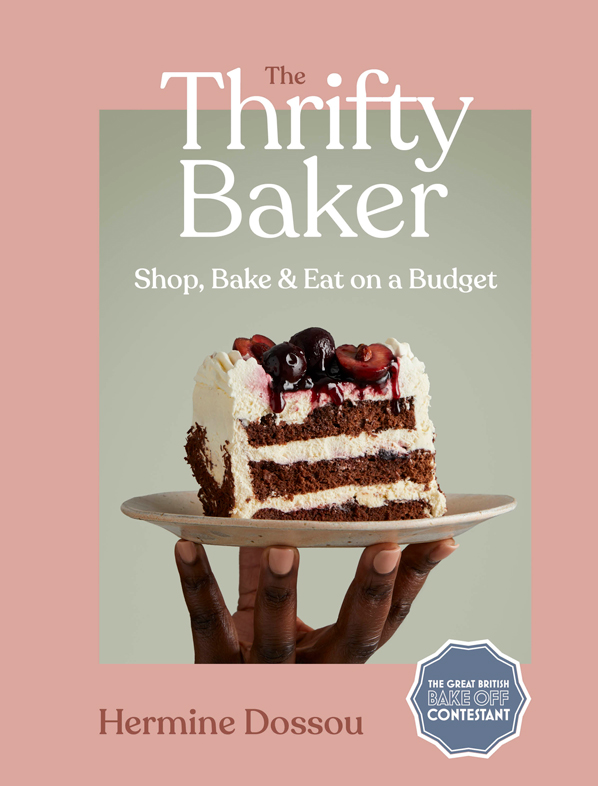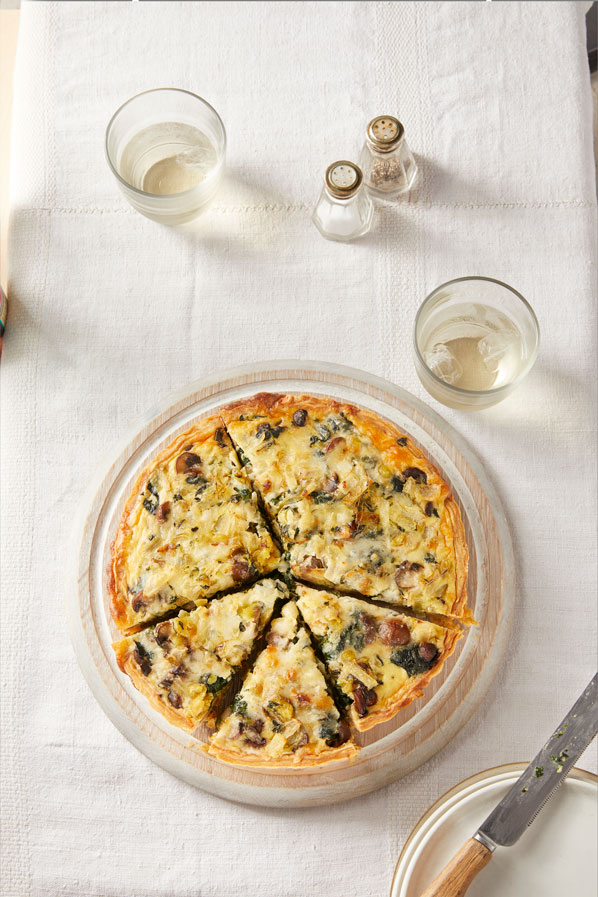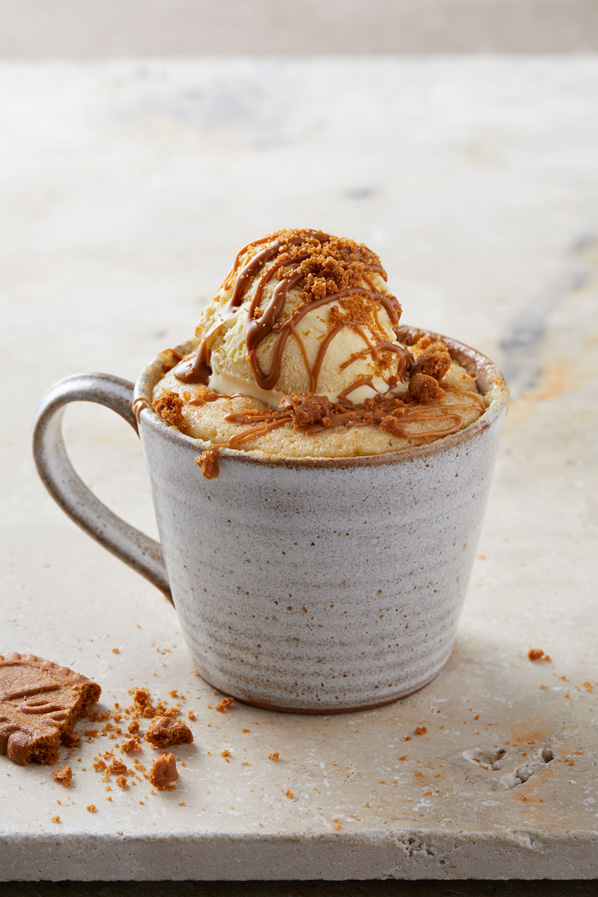If you long for a sense of being at one with nature, green could be your go-to hue this springtime.
And if you’re looking to give your interiors a quick refresh and switch things up as the seasons change, there really is no more suitable shade than serene green.
Whether you want to create a tranquil scheme to sink into at the end of the day, or breathe new life into your decor for chilled-out get-togethers, here are some of our top picks…
1. Nina Campbell Set of 4 Meadow Pasta Bowls, Green, £45, Next
This eye-catching stoneware with glossy green glaze will make everything look that much lovelier… think creamy spinach pasta sauce for small soirées.
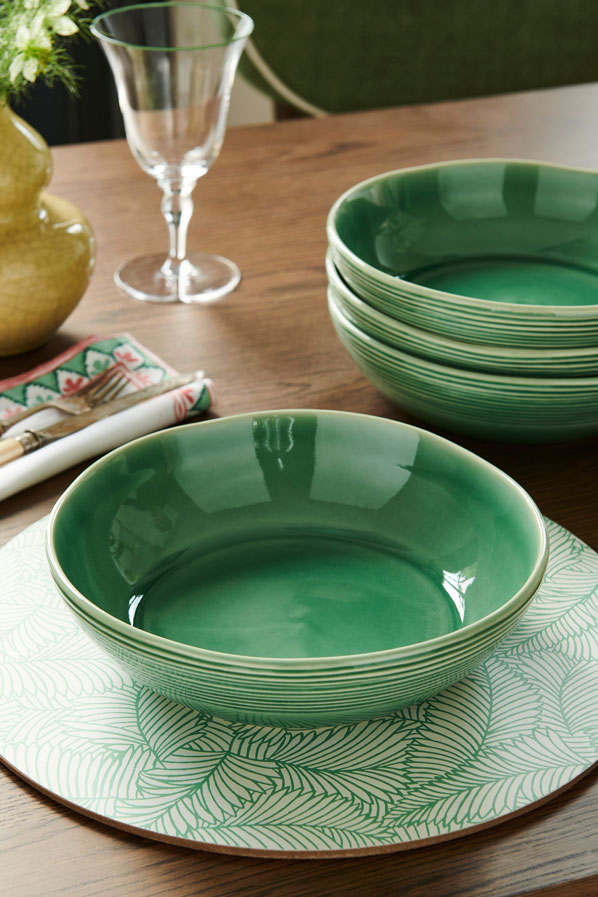
2. Manual Beech Wood Pepper Mill in Fern Green (available soon), and Boreal Manual Beech Wood Salt Mill in Sage Green, £44.99 each, Peugeot Saveurs.
A swanky salt mill and plush pepper mill to spice up your spring tablescape. We’re in – and these soft shades will complement any kitchen style.
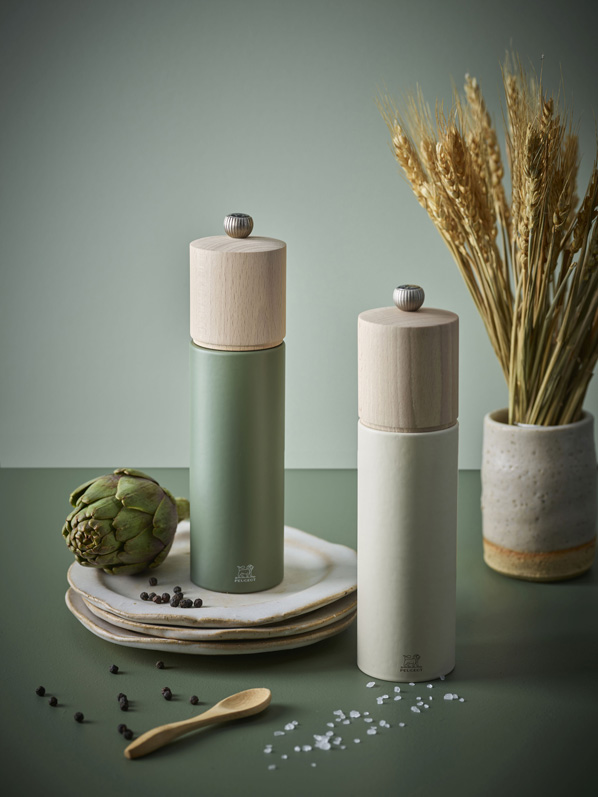
3. Totally Tropical Table Runner, £25, Totally Tropical Pack of 4 Placemats, £25, and Perfect Pineapple Pack of 4 Napkins, £15 (items from a selection), Joe Browns
We’ve gone Tropiloco over this exotic tableware collection, with its lush palm leaves, verdant vegetation and prize pineapples to signal salsa dishes.
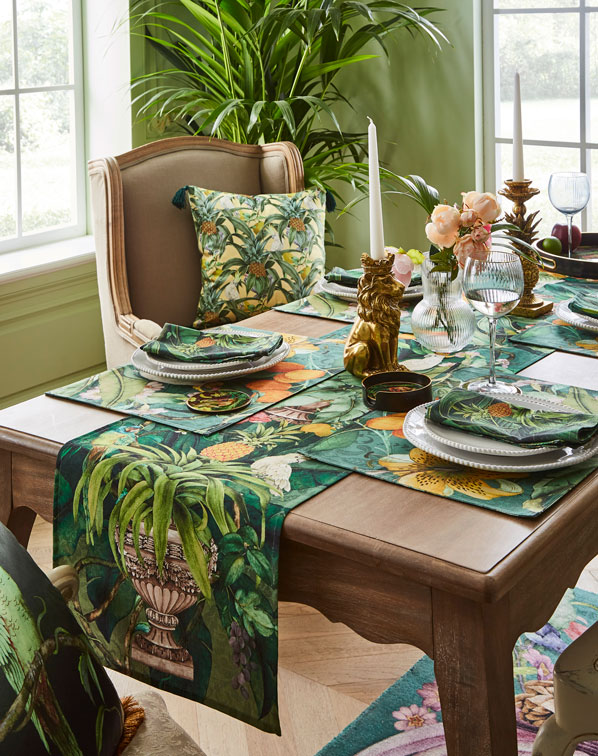
4. Green ‘Poppies’ 30cm Straight Empire Printed Cotton Shade by Ellen Merchant, £51 (lamp from a selection), Pooky
Even if you think you’re lighting is spot on, the longer, balmy days ahead call for a stylish table lamp to highlight all your details and decos.
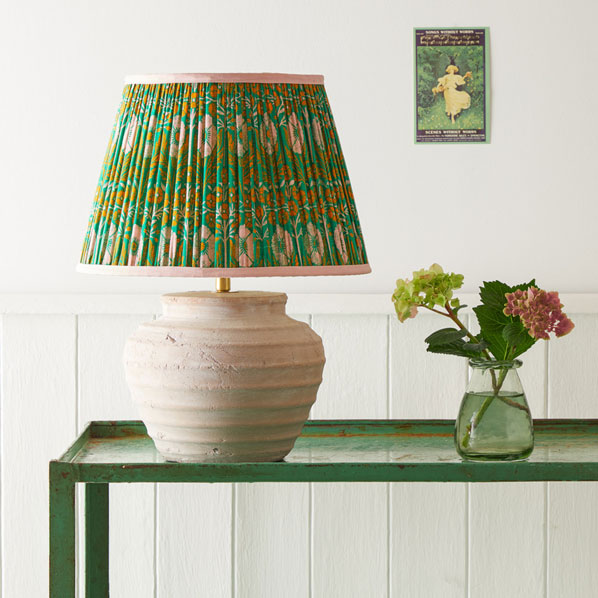
5. Graphical Green Gallery Wall – featuring: Il Giardino Dei Sapori Poster (30 x 40cm), Green Colour Blocks Poster (30 x 40cm), Van Gogh – River Bank In Springtime Poster (50 x 70cm), with Dark Oak Frames, currently £113.94 (was £146.65), Desenio
A favourite for feel-good vibes, colour drenching a room in the same green accents and creating a gallery wall themed to botanical plants is a fast route to style and positive energy.
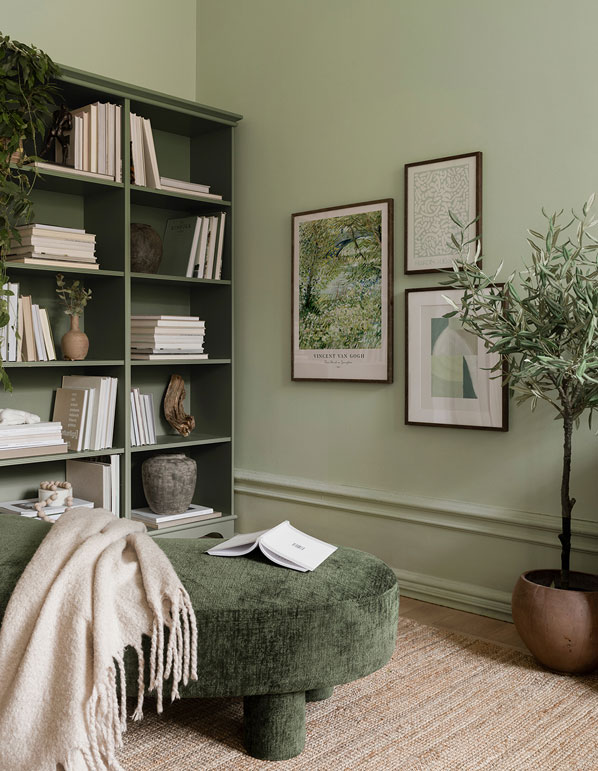
6. John Lewis ANYDAY Spindle Desk in Bowling Green, £159.20, and ANYDAY Whistler Dining Chair in Bowling Green, £99, John Lewis
Whether you’re in the throes of a spring clean and reorganising your WFH space, or introducing a cosy corner aesthetic for managing life admin and hobbies, this bijoux desk will make it all a breeze.
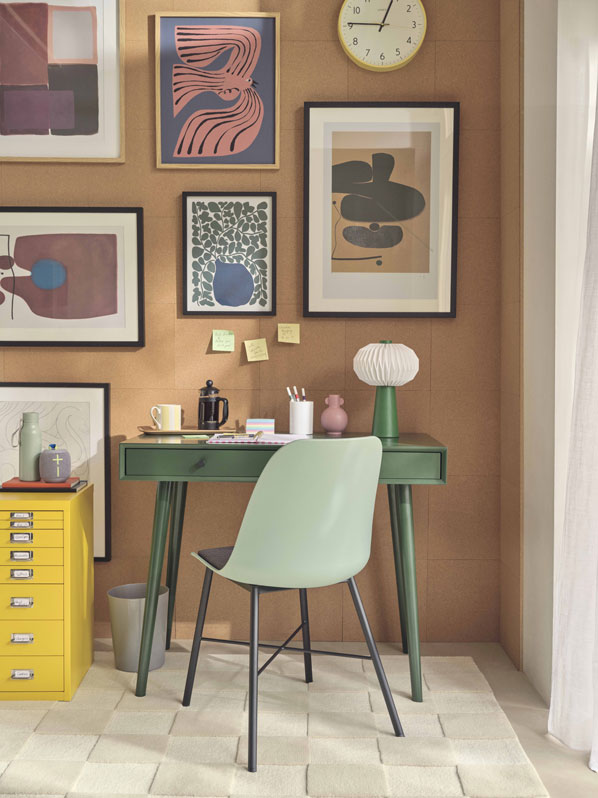
7. Portloe Woven Gingham Green Duvet Cover & Pillowcase Set, from £30-£50, Dunelm
A green gingham check has lots to offer, especially when teamed with co-ordinating solids and matching curtains, against a backdrop of bleached wood and mini olive trees for a dreamy, Mediterranean ambiance. Made from 100% washed cotton.
